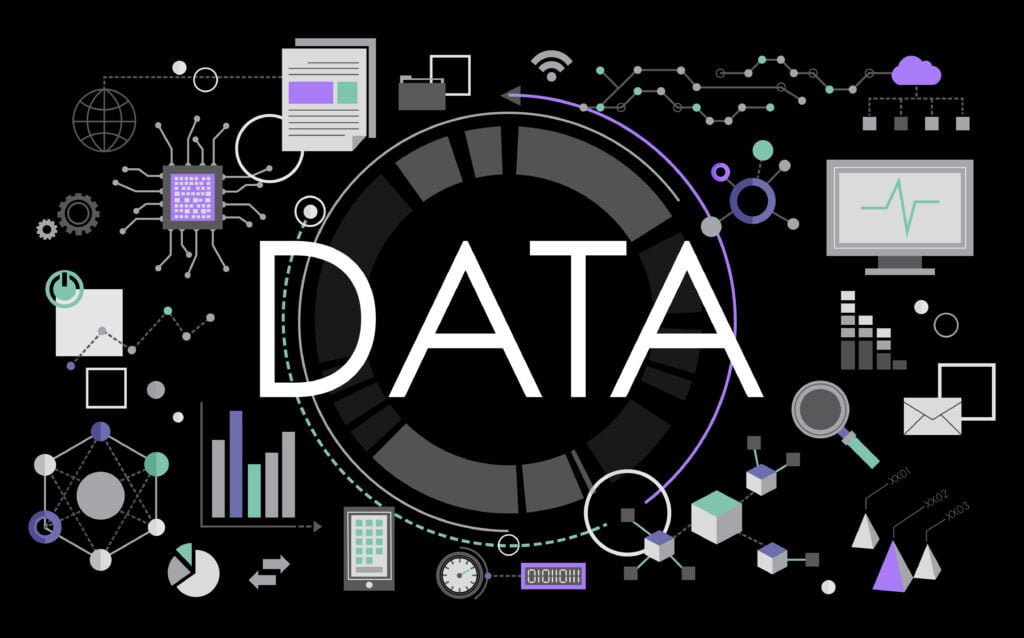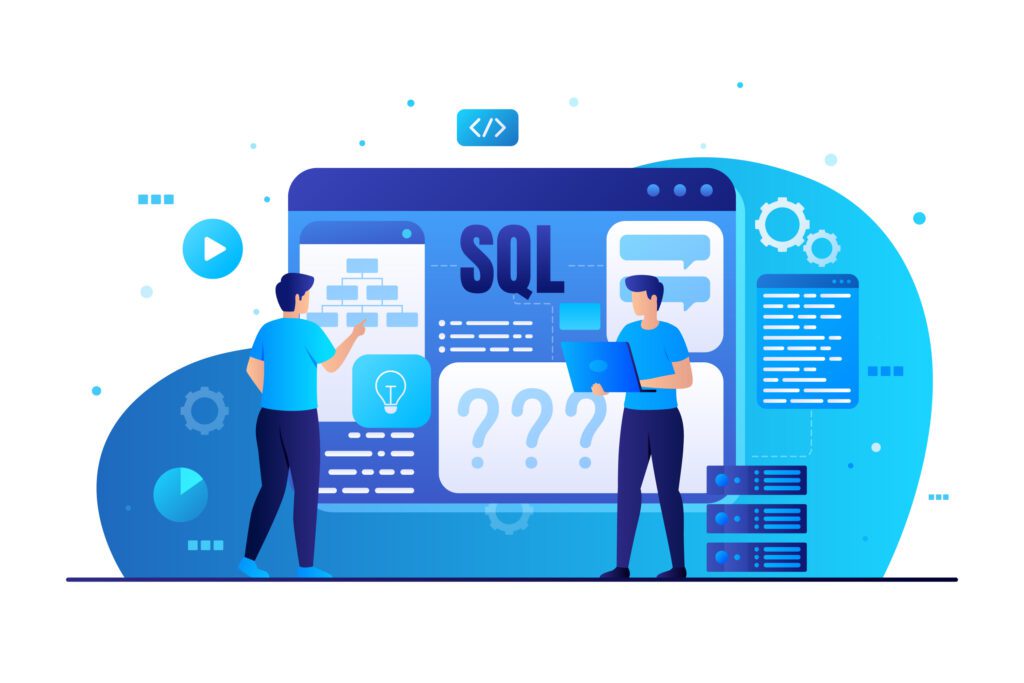Obtaining valuable info from data is crucial for a company’s performance in the modern business world. Businesses can remain one step ahead of their rivals and maintain their relevance in the digital world by identifying behaviors and patterns in data.
According to a MarketsandMarkets study, the worth of the global data discovery market is anticipated to increase from USD 7 billion to USD 14.4 billion by 2025, at a CAGR of 15.6% over the forecast period.
Businesses may acquire a competitive edge using the appropriate data discovery tools. They can make informed choices based on current information. This blog article will examine some of the most cutting-edge data discovery tools in 2023.
Data Discovery Tools
Data discovery tools’ main capabilities include data preparation, modeling, visual analysis, and sophisticated analysis. The majority of data discovery technologies are included in business intelligence software packages.
A Forbes study found that 62% of businesses that have adopted self-service BI and data discovery tools have noticed a reduction in the time required for decision-making.
Businesses that previously established traditional BI systems implement data discovery technologies to address data transfer, preparation, and exploration concerns. Small companies that can’t afford complicated data warehouses or lack the expertise to build them have found data discovery tools to be a godsend.
There are several “varieties” of data discovery, each with its own set of use scenarios in which one flavor excels. Let’s delve into the popular data discovery tools in 2023.
List of Popular Data Discovery Tools
- Tableau
- Logikcull
- Qlik Sense
- Looker
- amoCRM
- SyncSpider
- Wolfram Mathematica
- Microsoft Power BI
- Phocas
- TIBCO Spotfire
Common Characteristics of Data Discovery Tools in the List
According to Gartner, attributes of data discovery tools are:
- The data discovery tool must use an appropriate data structure to model and gather data to reduce the need for pre-calculations.
- Easy-to-use interface enabling the users to explore data.
- Built-in performance layer using RAM or indexing.
Tableau
Tableau is a BI and analytics tool that assists in analyzing essential business information and generating meaningful intelligence. Tableau provides an automated data discovery tool as a component of intelligent analytics that uses practical performance algorithms in a user-friendly manner to make processing large datasets simpler and more efficient.
Tableau support combining data, including SQL databases, workbooks, and cloud apps such as Google Analytics and Salesforce, into a single dataset.
Features
- Dashboard in Tableau
- Coordination and distribution of insights
- Live and In-memory data
- Strong stability in terms of protection and display
- Predictive analysis and trend lines
More About Tableau
Website: Link
Useful Link: Tableau
Documentation: Docs
Logikcull
For data discovery, the Logikcull analysis engine delivers reliable analytical tools. When you upload data, it’s indexed and categorized, so you can use the filter carousel to evaluate it. When choosing additional choices, not in this column acts as an AND operator, while clicking filters inside the column acts as an OR operator.
Logikcull is an eDiscovery software that is both user-friendly and secure. It’s a cloud-based technology that gives businesses, legal firms, and authorities complete control over the formal discovery process. It’s available on smartphones, tablets, and other portable devices.
Features
- Quick Cataloging
- Real-time Revisions
- Document Activity
More About Logikcull
Website: Link
Useful Link: Logikcull
Documentation: Docs
Qlik Sense
Qlik Sense enables companies to move quicker, operate better, and provide everyone access to modern analytics. No matter how much data you have, you can easily combine, load, visualize, and interpret it.
QlikView’s Direct Discovery functionality enhances Business Discovery’s possible use cases by allowing business users to execute an associative investigation on more immense data sources.
It will enable users to mix big data with data kept in memory and gives QlikView the associated interface on top of incoming data straight from more significant external databases.
Features
- Associative model
- Self-service creation
- Collaboration and centralized sharing
- Custom applications and embedded analytics
- Scalability and enterprise governance
- Analytics and smart visualizations
More About Qlik Sense
Website: Link
Helpful Link: Qlik Sense
Documentation: Docs

Looker
Looker is a web-based Data Discovery tool that helps users acquire insights through data analysis. This BI platform allows users to examine and manipulate data, produce reports, and make them publicly available. It enables all corporate employees to collaborate on projects and make smarter decisions based on the data.
Looker’s platform comprises two primary components, both of which are cloud-based. First and foremost, the modeling platform enables users to organize data visualization using LookML, a proprietary modeling language. Second, the self-service visualization tool gives end-users access to the data analysis advantages.
Features
- Administration
- Metrics
- Advanced Analytics
- Self-service
More About Looker
Website: Link
Useful Link: Looker
Documentation: Docs
amoCRM
amoCRM is a flexible customer relationship management system that excels at taking customer conversations to the following degree. The interaction with mediators is one-on-one. All of the popular messaging systems are supported.
With the code-free chatbot builder, you can design your chatbots and ensure that your business is available 24 hours a day, seven days a week, in any capacity. The in-depth analytics, monitoring, and automation abilities of amoCRM make it a favorite among sales managers.
Features
- Customer support
- Platform Integration
- Marketing automation
- SalesForce automation
More About amoCRM
Website: Link
Useful Link: amoCRM
Documentation: Docs
SyncSpider
SyncSpider is an eCommerce-specific app-to-app integration solution. Multichannel sales automation can help you increase your revenue. Manage your inventory from a single location. Integrate your eCommerce tools so they may all function together.
Make sure your customers have a pleasant shopping experience. By syncing your data across apps and marketplaces, SyncSpider takes care of everything for you. Spend less time on administrative tasks and more time on expanding your business.
Features
- Data cleaning
- Data transfer and capture
- Categorization
More About SyncSpider
Website: Link
Useful Link: SyncSpider
Wolfram Mathematica
Wolfram Mathematica is an advanced programming system that offers image processing, data visualization, and theoretic experimentation to enterprises of all sizes. Users can utilize the notebook interface to organize texts, runnable programmers, dynamic images, and more.
Features
- Cryptography
- Core Language
- Notebooks, cloud, and repositories
More About Wolfram Mathematica
Website: Link
Helpful Link: Wolfram Mathematica
Documentation: Docs

Microsoft Power BI
It’s business intelligence like you’ve never seen before. In minutes, you can go from facts to insights. Any data, in any format, in any location. It’s all in one place. For you, Power BI. Quickly moves from information to insight to action for analysts. You can connect to dozens of sources, easily prepare data, and create stunning reports in minutes.
Using a visual interface, the platform allows users to conduct rapid insights that help further visual data discovery. The system’s graphical interface aids firms in staying updated about the marketplace while making critical business decisions. With the help of its experts, Microsoft created the insights feature based on numerous powerful algorithms.
Features
- DAX data analysis function
- Dataset filtration
- Attractive visualizations
- Customizable reports and dashboards
More About Microsoft Power BI
Website: Link
Helpful Link: Power BI
Documentation: Docs
Phocas
Phocas assists users in discovering data and providing real-time results. It is intended for non-technical consumers and provides a simple yet strong analysis capability that allows users to quickly transform data into a chart, graph, or map. It retrieves sales, inventories, projections, pricing, company profits, expenditures, and more on a local, regional, or worldwide scale.
Features
- Sales call reporting
- Flexibility and scalability
- CRM activity and sales history
More About Phocas
Website: Link
Useful Link: Phocas
Documentation: Docs
TIBCO Spotfire
It provides an intelligent data catalog, enabling you to explore data as quickly as an internet search while suggesting relevant data for your study. It enhances established business intelligence and reporting tools, while medium businesses can use dashboards and analytical tools.
It reduces the cost of ownership by enabling customers to create once and distribute to thousands of users via the internet or intranet as PDF or MS PowerPoint documents.
Features
- Actionable notifications for smart insight discovery
- New Immersive data science functionality
- It can be used on-premises or in the cloud.
More About TIBCO Spotfire
Website: Link
Documentation: Docs
FAQs
Which data discovery tools are freely available?
Capterra has listed freely available tools:
- Tableau
- Qlik Sense
- JMP
- ManageEngine ADAudit Plus
- Atlan
- Datafari
Which data discovery companies provide data discovery solutions?
- MobiDev
- SPEC INDIA
- Light IT
- S-PRO
- Idealogic
How are data search and data discovery different?
Discovery saves a significant quantity of effort, effort, and money compared to search. Search is great for finding rapid answers, but it could be better for discovering and developing new ideas. Ideas: Worlds you didn’t know existed are revealed through discovery.
What is data discovery in big data?
Big Data Discovery combines Big Data, Machine Learning, and Data Discovery into a single concept. Big Data Discovery tools will be easier to use than data science solutions. They will be available to more users, allowing for more sophisticated exploitation of various data sources.
Conclusion
Data discovery technologies provide businesses with a comprehensive view of their information systems while making it easy for business users to explore and operate with the data. Without data modeling or new skills, even non-technical individuals can unearth significant data insights.
The tools you employ to discover your data should lay the groundwork for the three critical stages of data discovery, which are:
- Preparation of data
- Aesthetic evaluation
- Advanced analytics with guidance
Remember that information is power; if you utilize it properly, you’ll have the entire globe at your fingertips.
